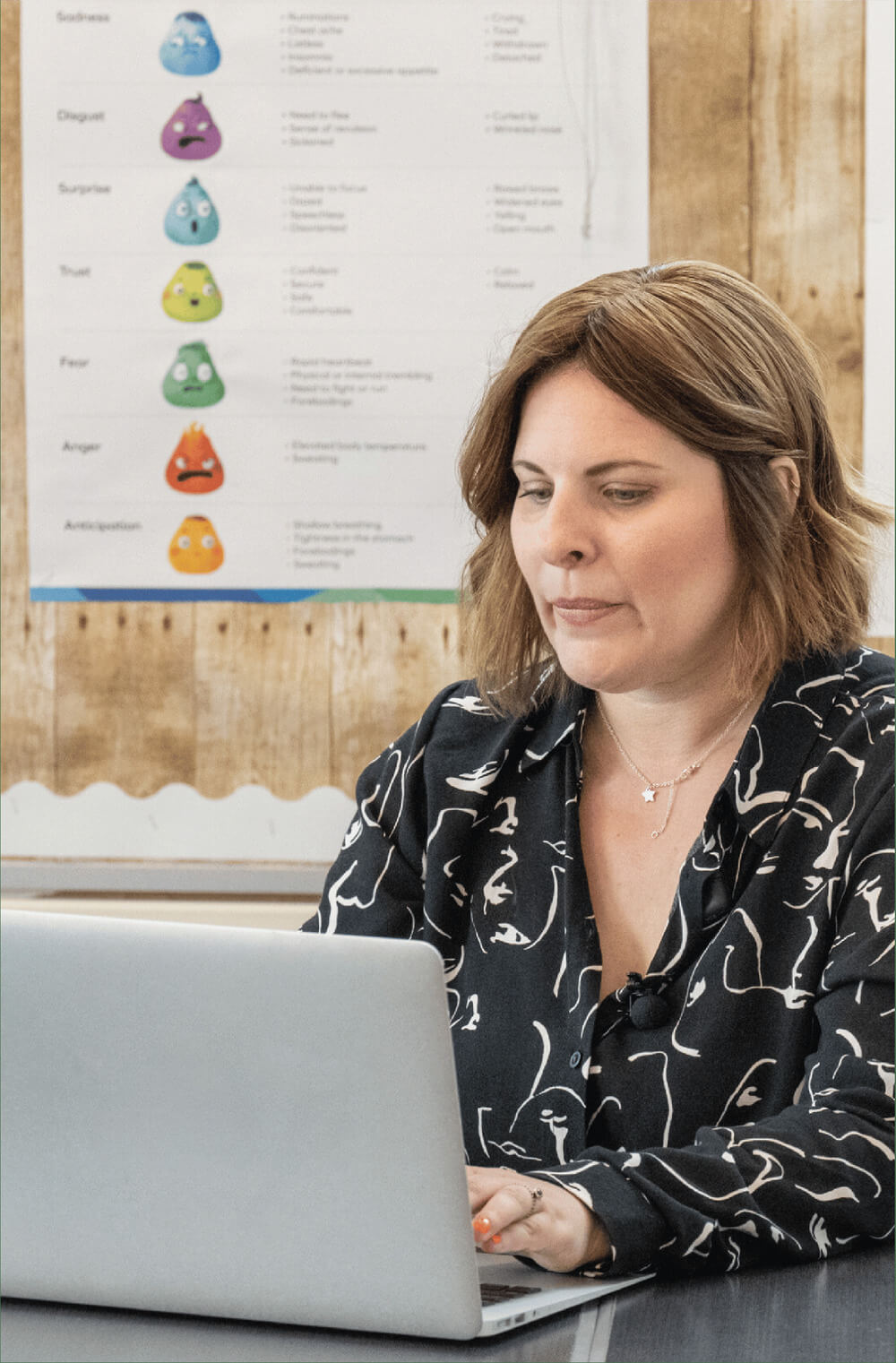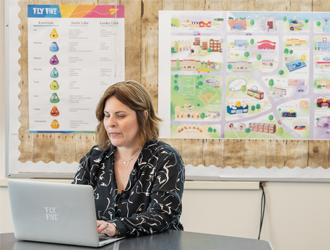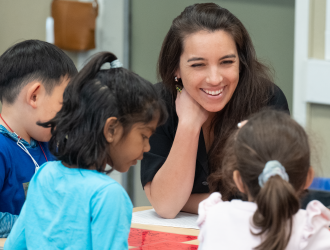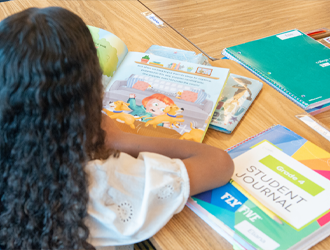

Encouraging Academic Risk-Taking
In order to develop new skills and abilities, it is necessary for students to take risks that allow them to explore their ideas in a safe, supportive environment. Academic risk-taking occurs when students choose a challenging task with an uncertain outcome in order to experience personal growth (Abercrombie et al., 2022). Engaging in academic risk-taking can result in increased self-esteem, better ability to embrace challenges, and feelings of empowerment (Varışoğlu et al., 2019). Additionally, encouraging students to take risks in an educational setting promotes learning and heightens academic motivation and effort (Clifford, 1991). In the classroom, educators can cultivate an environment where academic risk-taking can enhance learning and encourage students to embrace difficulties, have patience, and set growth goals.
Self-Efficacy Encourages Academic Risk-Taking
To prepare students to take academic risks, they first must develop self-efficacy. Self-efficacy is a student’s ability to believe in themselves and their future capabilities—and use these beliefs to set goals. When students have a strong sense of self-efficacy, they are more likely to push through challenges and keep trying (Guzman Ingram, 2017), which is an important part of academic risk-taking. Even when students don’t achieve their desired outcome, self-efficacy gives them the skills to maintain a positive self-view and continue to believe in themselves and their abilities for future success.
Creating a Classroom of Academic Risk-Takers
Academic risk-taking requires a classroom that is supportive of failure. Students must feel that they are in a safe environment to make mistakes; otherwise, they are not going to be comfortable with taking risks that may have unsuccessful outcomes. There are many steps you can take to encourage students to step out of their comfort zones without fearing that the experience will be negative. Take a look at some of the following tips and consider how you could help your students prepare to take academic risks:
- Share mistakes. Remind your students that it is okay to be wrong sometimes, and highlight the importance of learning from mistakes. Talk about the mistakes you have made and what you learned from them, and allow students to discuss theirs as well. You could also share clips or videos of real people talking about the challenges they faced taking risks and how they learned from their experience (Guzman Ingram, 2017).
- Give multiple chances. When appropriate, give students the opportunity to redo assignments so that they are encouraged to keep trying and to learn from their previous work (Guzman Ingram, 2017). Having multiple chances ensures that they do not worrk about jeopardizing their academic standing if they try something new and shows them that challenges and failures are part of learning.
- Honor risk-taking. Look for ways to give positive recognition to the academic risks that students take, regardless of their success (Riddle, 2016). This can be as simple as acknowledging the risk and providing some words of encouragement to the student. You could also offer extra credit for academic endeavors outside of the usual curriculum, such as going to a student club meeting after school.
In addition to these tips, one of the most important things that you can do to inspire academic risk-taking in your classroom is to create a feeling of community and belonging among students. When students believe that they are valued and respected by their peers and educators, their self-efficacy will increase (Cherry, 2020) and they will feel more comfortable taking risks that inspire valuable growth and allow them to discover strengths, interests, and passions that will impact them for the rest of their lives.
Resources
Abercrombie, S., Bang, H., & Vaughan, A. (2022). Motivational and disciplinary differences in academic risk taking in higher education. Educational Psychology, 42(7), 895–912. https://doi.org/10.1080/01443410.2022.2076810
Cherry, K. (2020, September 7). Self efficacy and why believing in yourself matters. Verywell Mind. https://www.verywellmind.com/what-is-self-efficacy-2795954
Clifford, M. M. (1991). Risk taking: Theoretical, empirical, and educational considerations. Educational Psychologist, 26(3–4), 263–297.
Guzman Ingram, L. (2017, September 14). A classroom full of risk takers. Edutopia. https://www.edutopia.org/article/classroom-full-risk-takers
Riddle, R. (2016, September). Helping students become risk-takers in your course. Duke University Learning Innovation. Retrieved November 14, 2022, from https://learninginnovation.duke.edu/blog/2016/09/helping-students-become-risk-takers-course
Varışoğlu, B., & Çelikpazu, E. E. (2019). Secondary school students’ academic risk-taking levels in Turkish lesson. International Journal of Progressive Education, 15(4), 241–258. https://doi.org/10.29329/ijpe.2019.203.18








